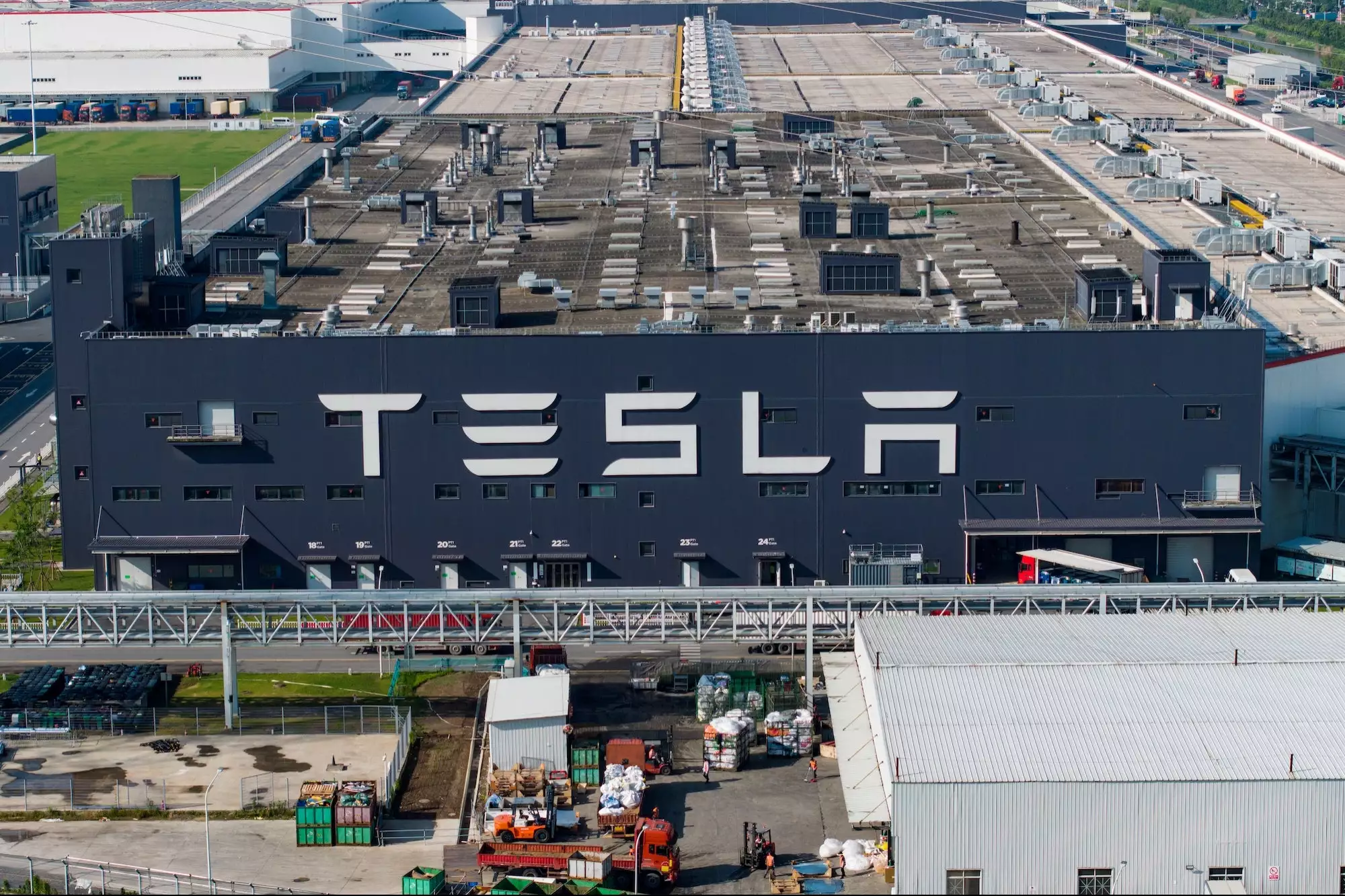The ascent of Nvidia’s artificial intelligence, symbolized by the upward-pointing green triangle with a 3.17% increase, might seem like a recent development to many. In reality, it has been a process that has taken a considerable amount of time and is likely to continue for even longer.
Nvidia has been in the AI field for over a decade. The company began promoting its CUDA programming language, used by AI developers, to investors as early as 2006, according to transcripts compiled by S&P Global Market Intelligence. This technology laid the foundation for a business that sold graphics processors, previously mainly used in gaming, to data center operators seeking advanced computing capabilities. Nvidia’s data center sector crossed the billion-dollar annual revenue mark five years ago and has recently outgrown the gaming sector in terms of size.
However, its most recent figures are nothing short of astounding. Nvidia reported revenues of $13.5 billion in the second fiscal quarter, making its impressive $11 billion target announced three months ago seem quite conservative in comparison. Nvidia’s business has nearly doubled compared to the same quarter the previous year, primarily due to the increasing demand for the company’s latest AI chips, which are being purchased by tech giants building generative AI services.
This demand propelled Nvidia’s data center revenues to $10.3 billion in the most recent quarter, a significant rise for a sector that was generating less than $4 billion per quarter just six months ago. The Wednesday report exceeded already high Wall Street expectations. Analysts had predicted data center revenues to be just under $8 billion for the second fiscal quarter. This surprise further boosted the company’s stock, which had already led Nvidia to become the first chip manufacturer with a market valuation exceeding a trillion dollars. The shares rose over 6% in after-hours trading, tripling in value since the beginning of the year.
Of course, such a streak cannot last indefinitely, but Nvidia sent strong signals on Wednesday evening that its rise is far from over. The company projected approximately $16 billion in revenue for the current fiscal quarter, nearly double the highest quarterly revenue it had reported before Wednesday. The company’s CFO, Colette Kress, stated in the earnings conference that their “demand visibility” extends into the next year, and they anticipate increasing chip availability in the coming quarters.
“We’re not shipping products close to demand,” CEO Jensen Huang commented in a subsequent interview with The Wall Street Journal.
Nvidia’s largest clients appear to agree. In their recent financial reports for the quarter ending in June, Microsoft, Amazon.com, and the parent companies of Google and Facebook indicated a strong intention to continue investing in generative AI capabilities, even as they moderate other areas of their capital investments. Microsoft, which pioneered the explosion of generative AI services, recorded a record $8.9 billion expenditure in capital investments in the June quarter, and the company expects this figure to sequentially increase in each quarter of its new fiscal year as it ramps up investments in “AI infrastructure.”
The greater long-term risk for Nvidia might actually be its current astonishing success. The company’s AI chips and software ecosystem are significantly ahead of the competition, giving it substantial pricing power. Nvidia’s adjusted operating margins for the last quarter reached 58%, the highest in at least a decade and a significant increase from the company’s average of 39% in the previous eight quarters.
Impressive results like these will spur more competition. Advanced Micro Devices is set to launch new AI chips later this year to compete with Nvidia’s offerings, and companies like Google, Microsoft, and Amazon have their in-house chip efforts aimed at reducing their dependence on external suppliers. Referring to the latest generative AI systems, Amazon CEO Andy Jassy stated in his earnings conference earlier this month, “There’s been only one viable option in the market for everybody, and supply has been constrained.” He took the opportunity to highlight two of Amazon’s in-house chips, which are now in their second generation.
However, Jassy also praised Nvidia’s latest AI system, known as H100, for generating strong demand from its cloud customers. No other component provider has received such distinction. For now, the laws of supply and demand firmly favor Nvidia.







